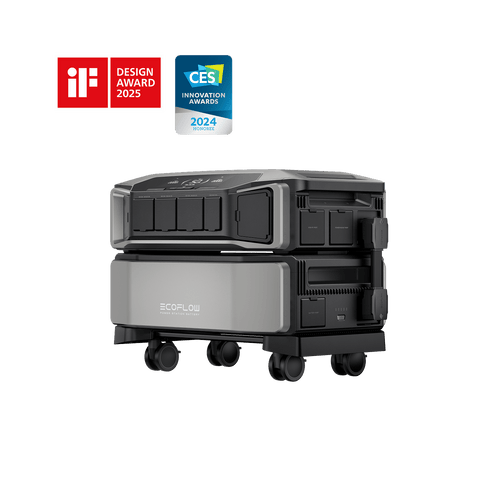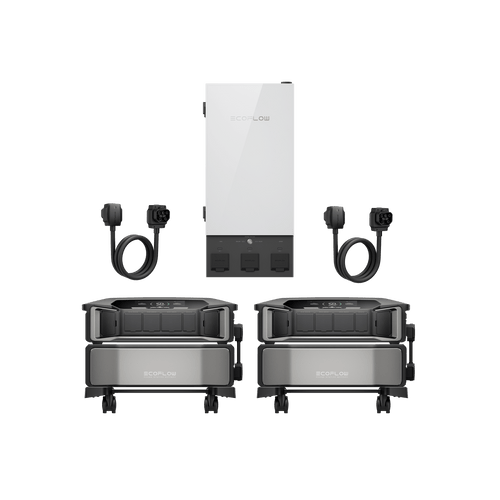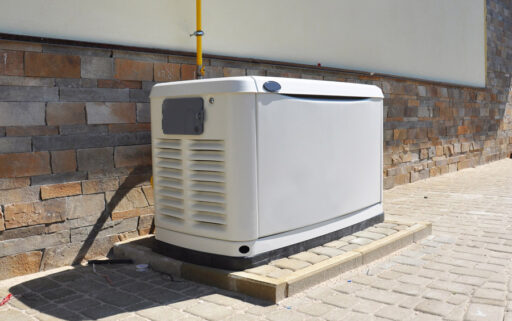The storm was intensifying, and as Sarah’s family huddled in their darkened living room, their entire home generator — their lifeline in emergency situations — didn’t come on. This bad dream becomes a reality too often because one thing is overlooked: poor generator charging habits. Although a whole home generator is supposed to provide you with security during times of power failure, it is also only as good as the charging methods that it is subjected to.
There is much more at stake when a charge fails. Wrongful charging can cause catastrophic system failures, create dangerous electrical hazards — and leave families exposed at a time when backup power is most important. What’s even more frustrating is that the majority of these mishaps can be easily avoided with basic care and knowledge.
For tech-savvy homeowners seeking to protect their investment and ensure reliable emergency power, understanding and avoiding common charging pitfalls is crucial. This guide will walk you through essential charging practices, helping you maintain your generator’s optimal performance when it matters most.
Assessing Your Home Energy Requirements
Knowing how much power your house requires for reliable generator operation. Begin with a list of all appliances along with both running and surge wattage taken from appliance labels or owners manuals. A refrigerator, say, may operate at 700 watts but draw 2,200 watts at startup. This is an important conclusion when you are sizing your charging system.

To determine household needs, document usage at various times of day and seasons. Contemporary smart meters and energy monitoring systems, such as those manufactured by EcoFlow, can record granular consumption data, revealing peak times when consumption is excessively high, which is typically in the morning and evening. For a visual inspection, monitor the usage of major appliances during any one week; focus on peak times when appliances are running at the same time.
Critical Home Appliances That Demand Backup Power
During the emergency, HVAC systems are some of the biggest power consumers, and energy demand varies seasonally. During startup, winter heating requirements can spike to as high as 3,500 watts, while in summer, cooling systems usually require between 2,000 and 3,000 watts to keep indoor temperatures at reasonable levels. The real power charging during these seasonal changes must be considered for the proper generator charging to be maintained.

Essential Generator Maintenance and Professional Support
Good generator charging management is the basis for dependable standby power. With thoughtful power management planning, purposeful attention to appliance priority, and some judicious charging behavior people can mitigate the risk of a lights-out event when it counts. Knowing your particular power needs, everything from the HVAC to the medical machines, will form the core of an efficient power plan.
The worst—or at least most disastrous—generator failures come from stupid charging errors. Battery sulfation, thermal runaway and incompatible systems could put you out of commission when you need it most, but with regular maintenance and the right system monitoring these problems can be easily circumvented. A proactive maintenance program that consists of monthly tests and quarterly inspections is crucial to spotting problems and addressing them before they develop into system failures.
Because today’s whole home generator systems are so complicated, you should consider having a professional do an annual assessment to test the integrity of the charging system and trigger optimal performance. A professional technician can then assess what you have, confirm good charging practices, and recommend system changes that will result in a better charging system. And don’t forget—to invest a little now for maintenance is minuscule compared to being unprepared when you need your generator most.








